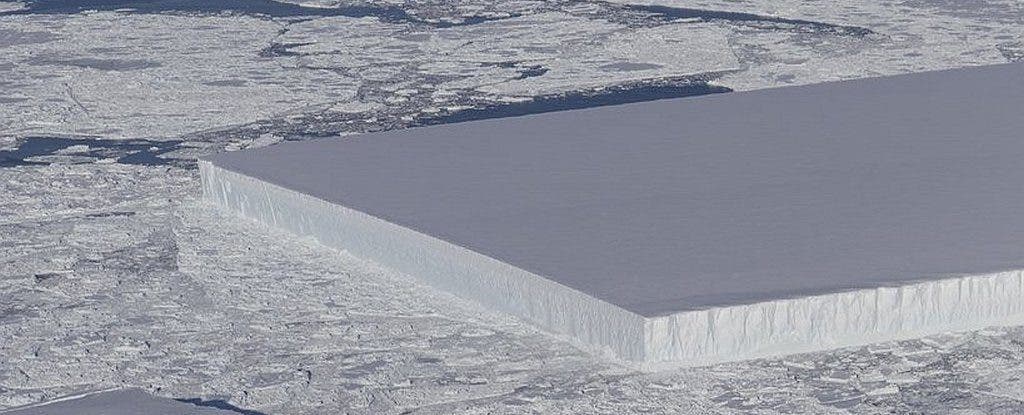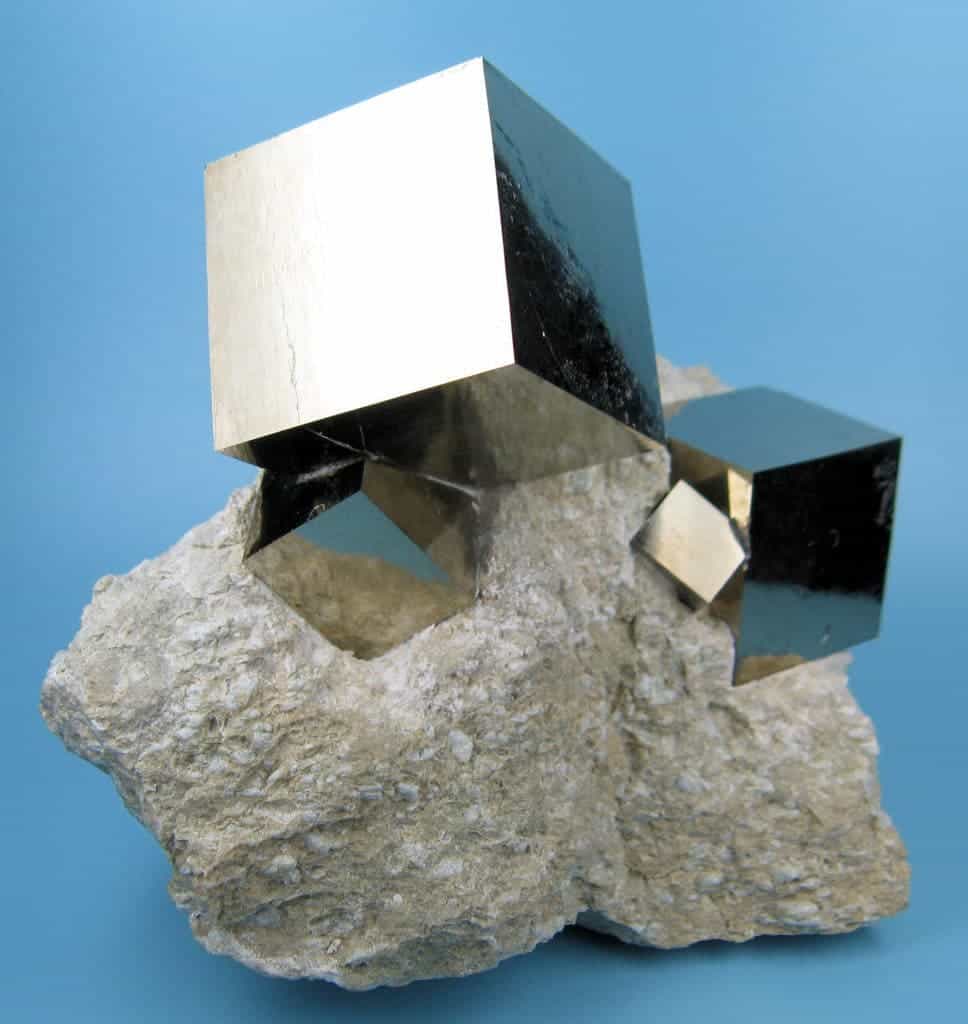Nature is often chaotic, messy, and beautifully unpredictable — but this iceberg seems set to defy all that.
An object of near-geometric beauty lies in the middle of the chaotic crowd of floating ice — this is what NASA photographed last week in Antarctica, during a project called Operation Ice Bridge. It almost looks too perfect, and straight, as if cut with a godly knife, but there’s no magic here, and definitely no Photoshop.
Icy lines
In order to be classified as an iceberg, an object needs to stand at least 16 feet (5 meters) above sea level and have a thickness between 98-164 feet (30-50 meters). Its ice must cover an area of at least 5,382 square feet (500 square meters). The definitions are set in the metric system, which is why they look so much neater in meters than in feet. But anyway — we tend to think of icebergs as chunky, pointy bits of ice, but that’s not always the case. There are two types of icebergs: non-tabular and tabular. As the name suggests, the former have irregular shapes, whereas the latter have more regular shapes and a flat top. The particular iceberg depicted above represents a remarkably tabular example.
Straight, geometric edges aren’t that uncommon in tabular icebergs, as they tend to calve along a single crack, which can be quite straight. The iceberg’s sharp angles and flat surface indicate that it probably recently calved from the ice shelf, NASA’s tweet explains. As more time passes, its beautiful straight edges will likely start to get eroded by wind and water, or start cracking and forming smaller icebergs. Also, we don’t know what the other end of the iceberg looked like, as it’s not in the photo — there’s a good chance it wasn’t nearly as straight.
We also don’t know how big the iceberg is, because there’s no good reference in the photo. However, like all icebergs, we can expect some 90% of its mass to lie underwater.
However, nature is sometimes stunningly ordered and linear — a notable example is in crystallography.
Beautifully rectangular
There are several types of crystal systems, based on the structure of their atomic lattice, which can repeat indefinitely. In the cubic system, crystals can look particularly smooth and regular — almost as if they were cut with a knife. Pyrite is a very good example of this, and salt (halite) is another.
The iceberg above, like pyrite crystals, are intriguing reminders that nature can work in all shapes and sizes — from the microscopic to the planetary, from complete order to complete chaos.
For more stunning photos of ice and icebergs, be sure to follow NASA ICE on Twitter.











